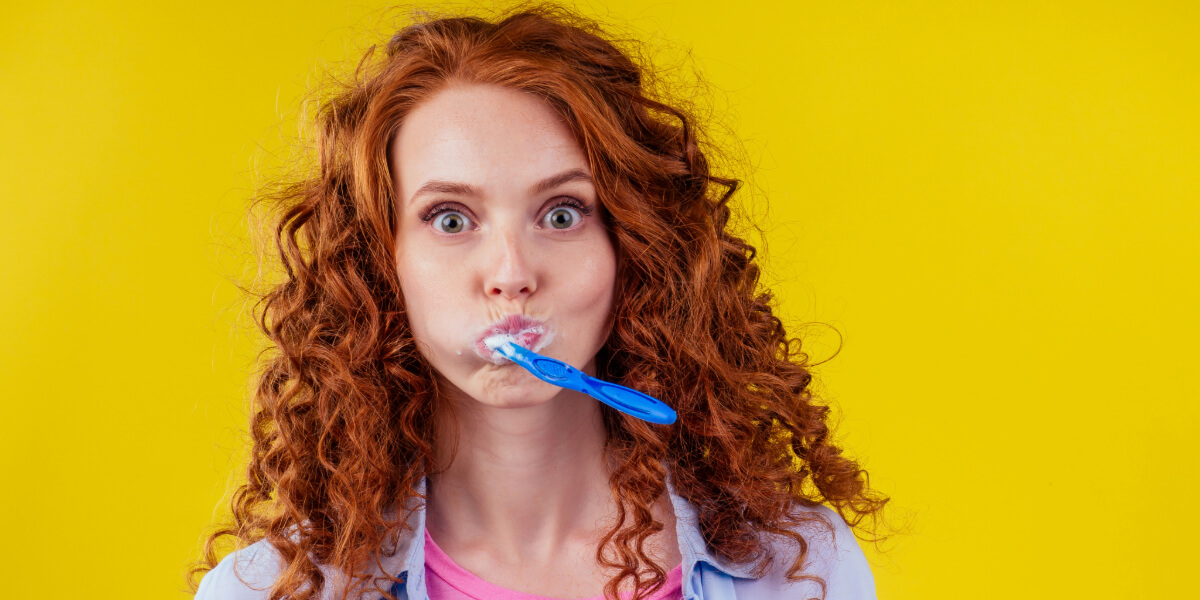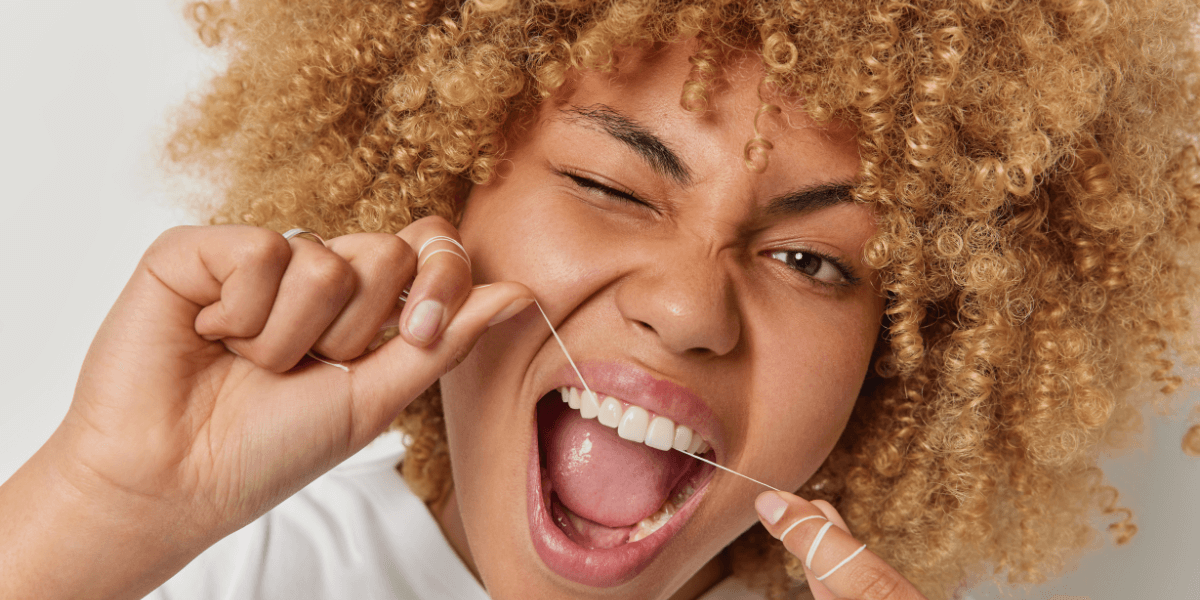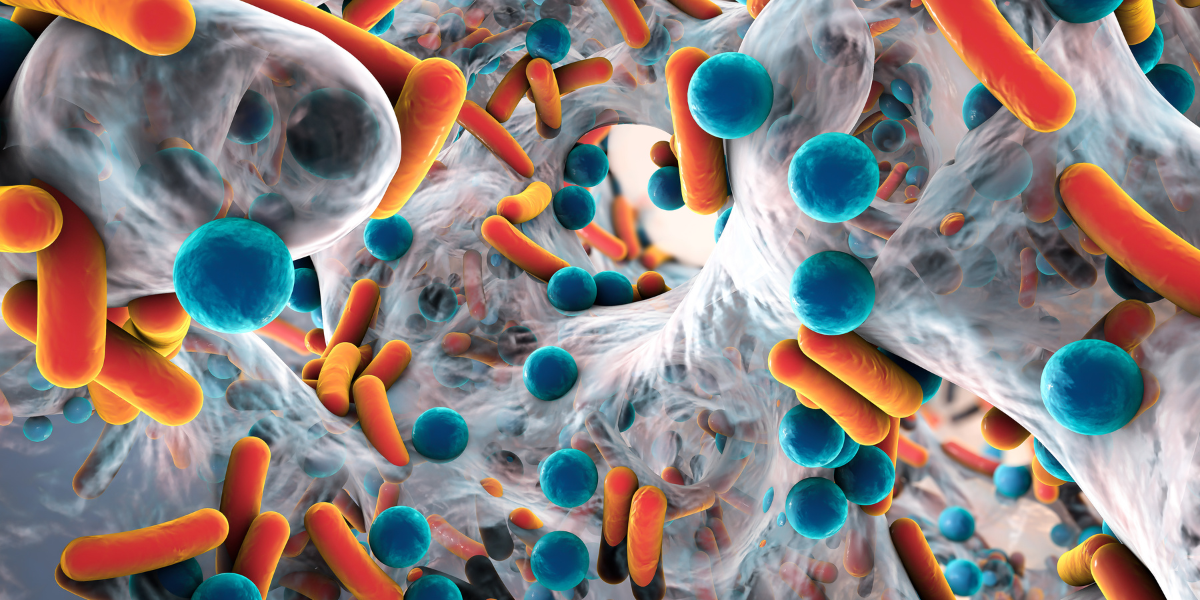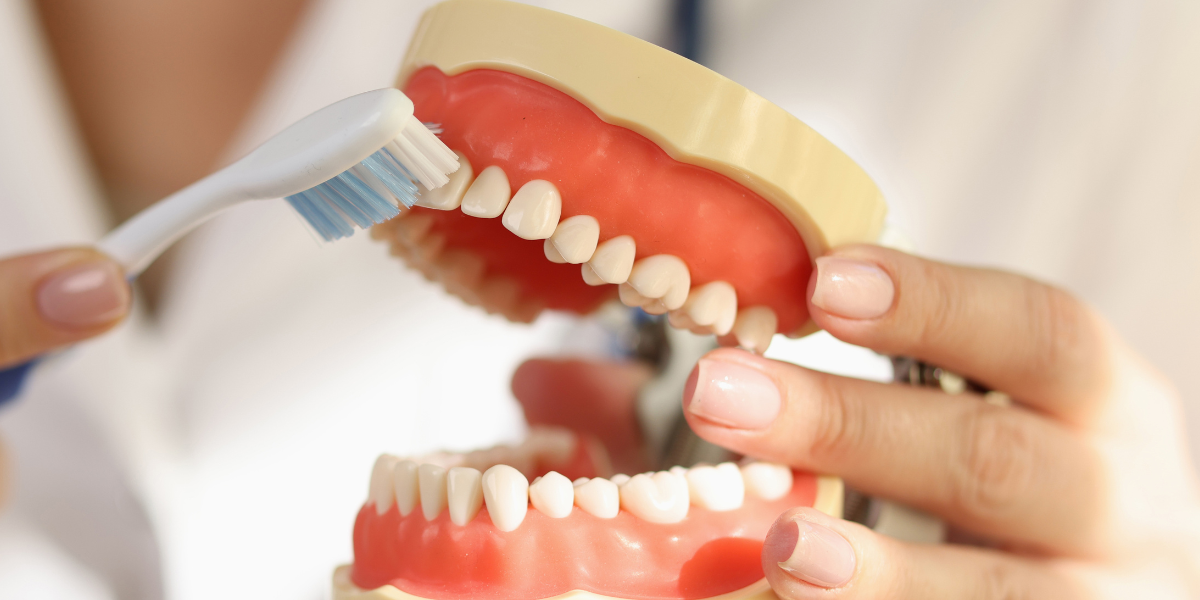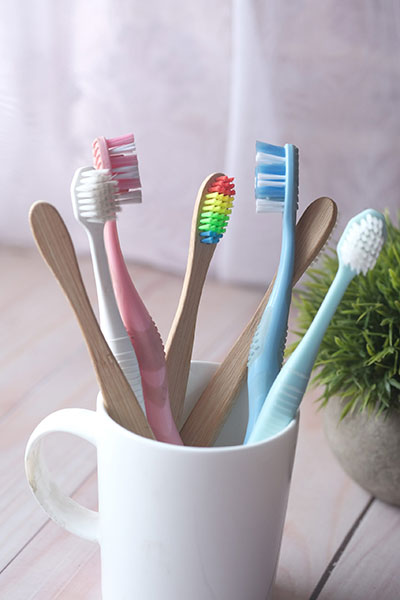
Find out why a dirty toothbrush is bad for your mouth & your body and how to keep it clean!
Ahh, toothbrushes. Unassuming plastic, bristly sticks that can either clean teeth and remove bacteria or… harbor and grow bacteria. How often should you replace it? How do you keep it clean? Let’s talk about it.
How dirty is the average toothbrush?
Ready for a scary fact? The average toothbrush is pretty filthy. Research shows there can be as many as 1.2 million bacteria on a single toothbrush[1] . What kinds of germs are included in these 1.2 million bacteria? The flu virus, staph bacteria, E. coli, yeast fungus and strep virus to name a few[1]. The good news is most people are equipped with immune defenses to fight these bacteria and most likely won’t get sick. However, if one is immunosuppressed or immunocompromised in any way (illness, high stress levels, etc.), they can. Plus, do you really want that bacteria on something you use in your oral cavity every day? Especially when we know how oral health is linked to systemic health? Probably not. Luckily, keeping your toothbrush clean and free of bacteria is pretty easy. Especially today when there are so many incredibly designed oral care products backed by science.
How often should you replace your toothbrush?
According to the CDC, you should replace your toothbrush every 3 to 4 months[2]. You’ll know it’s time to replace your toothbrush when the bristles are worn out and frayed. The bristles might also appear discolored and aside from harboring bacteria, worn out toothbrushes do not remove plaque or biofilm efficiently anymore either. If you’ve been sick, you might also consider tossing your toothbrush. Residual bacteria and viruses can linger on your toothbrush long after you’re feeling better.
How should you store your toothbrush?
While it might seem like a good idea to store your toothbrush with a cap, this only facilitates bacterial growth as the bristles stay damp and enclosed, the ideal environment for bacteria to grow. Instead, you want to rinse your toothbrush thoroughly and allow the bristles to dry in an open space. But…
Consider where you store it. Most people keep their toothbrushes on their sinks which are usually located next to… the toilet. When toilets flush, particles can splash and float as far as 6 feet away![3]. Keep this in mind when storing your toothbrush and try to pick a place where the bristles can openly dry but are also safe from floating bacterial particles.
How should you disinfect your toothbrush?
Even with proper handling and storing of your toothbrush, it will still get bacteria and microbes on it. To combat this, there are a few options. If you use an electric toothbrush, a UV cleaner is a great option for sanitizing your toothbrush heads. It uses ultrasonic cleaning power and a UV light to kill bacteria. You can use it for your nightguards too, which also tend to harbor lots of bacteria. If you use a manual toothbrush, you can soak it in an antimicrobial mouth rinse. You simply put some mouthwash in a cup, soak your toothbrush head down so the bristles are saturated and leave it in for about two minutes. You can do this whenever you feel your toothbrush needs a cleaning boost.
Toothbrushes are an essential component of our oral hygiene routines. They disrupt bacteria, remove plaque, and make our teeth squeaky clean. They require mindful maintenance and storage to remain efficient tools in improving our oral health and wellness.
References
- Brushing up on brushing. Harvard Health. (2008, June 1). https://www.health.harvard.edu/staying-healthy/brushing-up-on-brushing
- Centers for Disease Control and Prevention. (2016, March 25). Use & handling of toothbrushes. Centers for Disease Control and Prevention. Retrieved October 5, 2022, from https://www.cdc.gov/oralhealth/infectioncontrol/faqs/toothbrush-handling.html
- UAMS Health. (2019, March 8). Can your toothbrush make you sick? UAMS Health. https://uamshealth.com/medical-myths/can-your-toothbrush-make-you-sick/


